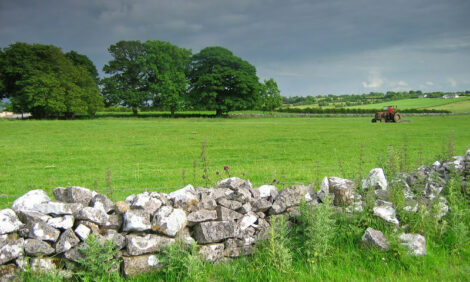



Drought Can Force Livestock To Eat Poisonous Plants
US - The relentless drought that has settled over much of Kansas and states across the south brings more problems than the lack of pasture forage growth for livestock producers. One potential problem, according to K-State Research and Extension veterinarian Larry Hollis, is that weedy species with greater drought tolerance sometimes out-compete desirable grasses and begin to proliferate. Another scenario is that desirable forage species are consumed but fail to re-grow, and only weedy species are left in a green vegetative state.
“Either of these scenarios can become a major problem if these remaining plants also contain toxic components,” Mr Hollis said. “Fortunately, many toxic plants are also unpalatable, so livestock species tend to leave those plants alone. However, the problem comes when pastures are not properly managed, or forage supplementation is not provided in a timely fashion, and livestock are left with no choice but to consume toxic plants or go hungry.”
“Good pasture and livestock management call for knowing the toxic plant species that are common in your area or pastures,” he said. “It’s also important to recognise when pastures are getting short enough that cattle may be forced to consider undesirable options, and either supplement the cattle with hay or other feedstuffs or move them to dry lot situations or different pastures where available forages do not pose a toxicity threat to them. Cattle will eat toxic plants if starved.”
TheCattleSite News Desk


